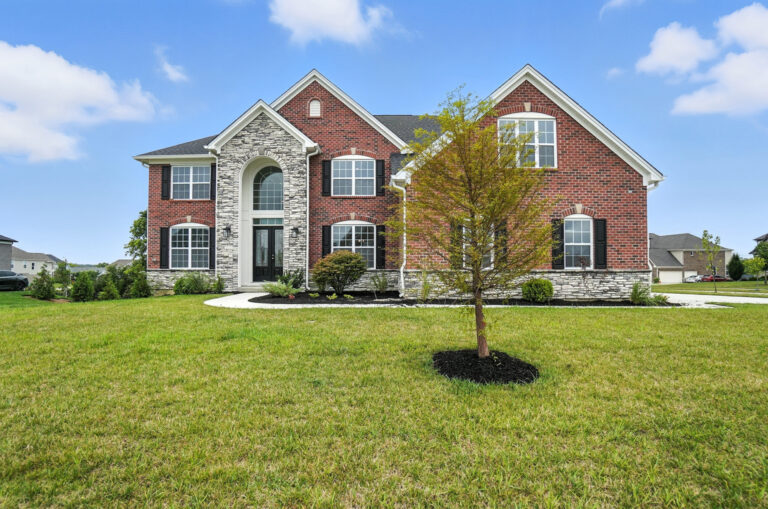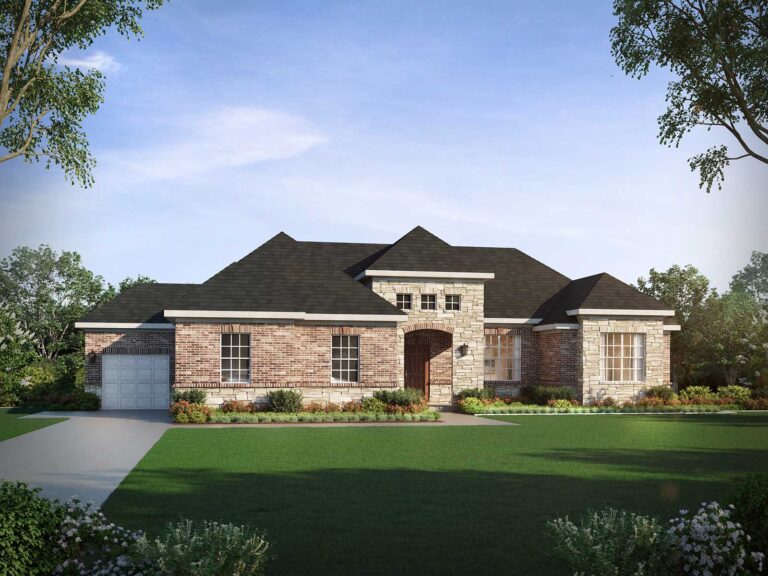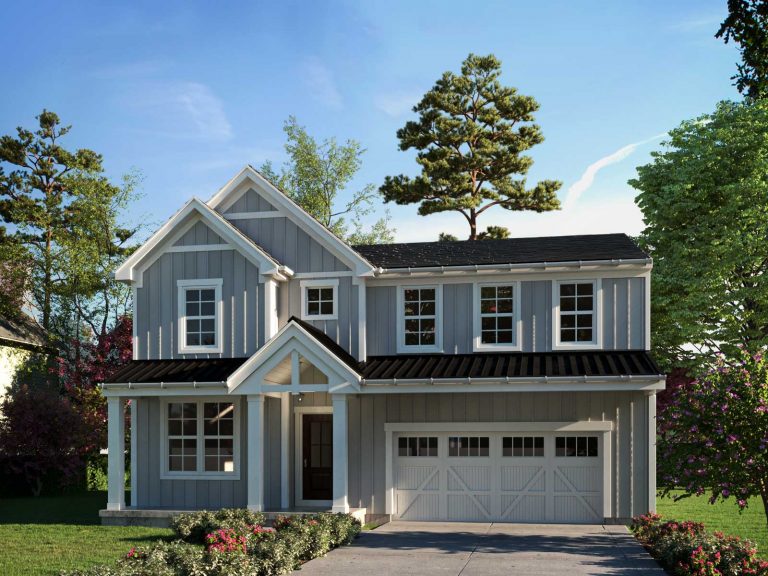
From Blueprint to Reality: A Step-by-Step Guide to Custom Home Building

Josh Blatt
• 5 min read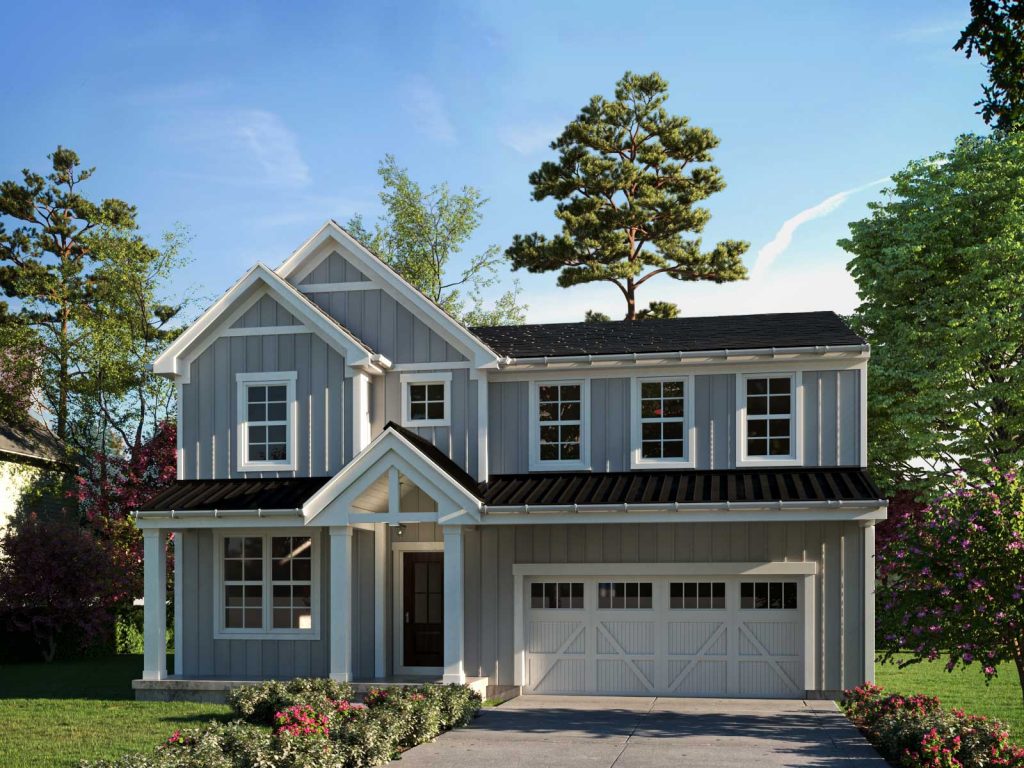
It’s not unusual for homebuyers to assume that a custom home is out of their price range. However, many custom home communities align with the market for older homes of similar size. New construction could even prove more affordable in a market impacted by high interest rates and low inventory.
If you opt to purchase a home during the building phase, you will have to wait for construction to be completed, but you’ll gain the benefit of choosing options to make the property your own from the day you cross the threshold. How does buying a custom home work? Here’s a breakdown of the process.
Choosing a Lot
One great perk of choosing a custom home that has not yet been constructed is that you can buy into an emerging neighborhood. This allows you to choose not only your preferred home style but also the lot where your home will be built.
Many communities offer a range of lot sizes, configurations, and topography. Perhaps you prefer a totally flat lot for children to safely play on, or maybe you like the privacy and visual appeal of a lot nestled near a gentle slope.
Maybe you want to live near main road access to accommodate your daily commute, or you’d rather live in the quietest part of the community, at the end of a cul-de-sac. Or would your dream home be near a park, a creek, or a wooded area?
Your choices will depend on your region and the type of property that developers have chosen, but this is yet another opportunity to customize your living experience. Some developers will even work with you to place a home off-site if one of their chosen lots doesn’t suit you.
Understanding Budgeting and Timelines
Before you start building a custom home, you need to know what to expect when it comes to budgets and timelines. The standard price of a custom home is typically a baseline that may increase if you change the floor plan or choose higher-end finishes.
When you’re struggling to choose among options, remember that your home purchase is an investment that will serve you in the immediate future and help you build equity long-term.
As for timelines, builders often have a good idea of how long the process will take. However, shifts in the economy and labor market can impact construction timelines, particularly regarding housing shortages and high buyer demand. Developers are working hard to fill the gap, but worker availability and other factors can delay construction.
Layout and Design
Within any housing development, there will be a range of home styles to choose from. These could include ranch style and multistory models to suit different buyer needs and preferences, along with various options for square footage and numbers of bedrooms, baths, and bonus rooms.
Many modern homebuyers are looking for open-concept entertaining spaces. Perhaps you’re looking to turn a bonus area into a private office or open playroom. Predesigned custom options allow you to alter floor plans to create a space that works for you and your family.
Modern Energy Efficiency
One of the many perks of choosing modern construction is that you can take advantage of the latest energy innovations. Older homes are notoriously plagued by points of energy egress that increase your heating and cooling costs and leave certain rooms feeling drafty.
With an eye toward energy-efficient materials and building practices, new construction home interiors are more comfortable for residents and have lower utility costs. Low-E glass windows, continuous ventilation, and sealed and inspected ductwork support comfortable and healthy homes, particularly for allergy sufferers.
Options, like LED light bulbs, programmable thermostats, and efficient furnaces, curb energy consumption and save money.
Preferred Finishing Materials
For many homebuyers, this is the fun part of customizing a new residence. Working with a professional decorator, you’ll personalize your interior with elements that add function, beauty, and luxury.
The process begins with perusing available materials and finishes and then meeting with a professional to discuss combinations that will create a cohesive interior design. If you already have some furnishing and accessories in mind, you can coordinate to ensure that the foundations of your design, like flooring, cabinets, and countertops, mesh with your final vision.
Smart Home Innovations
Statistics show that about 70% of prospective homebuyers are looking for smart home amenities. Wi-Fi-enabled systems like lighting, thermostats, door locks, and garage controls are popular, adding incredible convenience.
Video doorbells and sensors for fire, flood, and CO2 allow for monitoring and notifications, delivering the peace of mind modern homeowners prefer. With prewired Wi-Fi access points, you’ll always have the coverage you need, and EMS quick alert systems help keep children, the elderly, and ailing family members safe.
A Custom Home Is Within Your Reach
With the housing market in a time of transition where high demand and scarce listings make it difficult to find your dream home, it may be time to consider a loftier dream. Custom home construction offers an ideal solution, with opportunities to choose a lot, explore flexible designs, select preferred finishes, and enjoy the many benefits of new construction, from energy efficiency to smart home systems.
Are you ready to build your forever home? John Henry Homes has the award-winning, flexible designs you’re looking for. Contact us now to discuss your options.
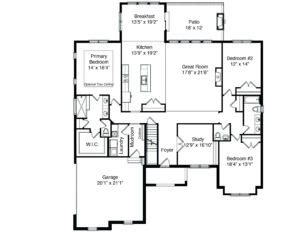
The Hidden Costs of Cincinnati New Home Construction [2025 Guide]

Josh Blatt
• 7 min read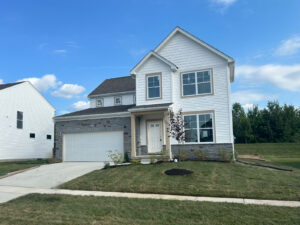
First-Time Home Buyer Ohio Requirements: Your Simple Guide for 2025

Josh Blatt
• 17 min read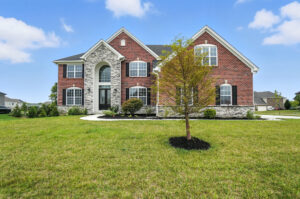
Production vs Custom Builder Showdown: Making the Right Choice [2025]

Josh Blatt
• 11 min read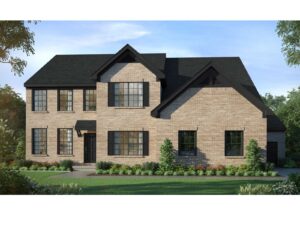
How to Schedule a New Construction Home Inspection: Expert Guide for Buyers

Josh Blatt
• 11 min read
